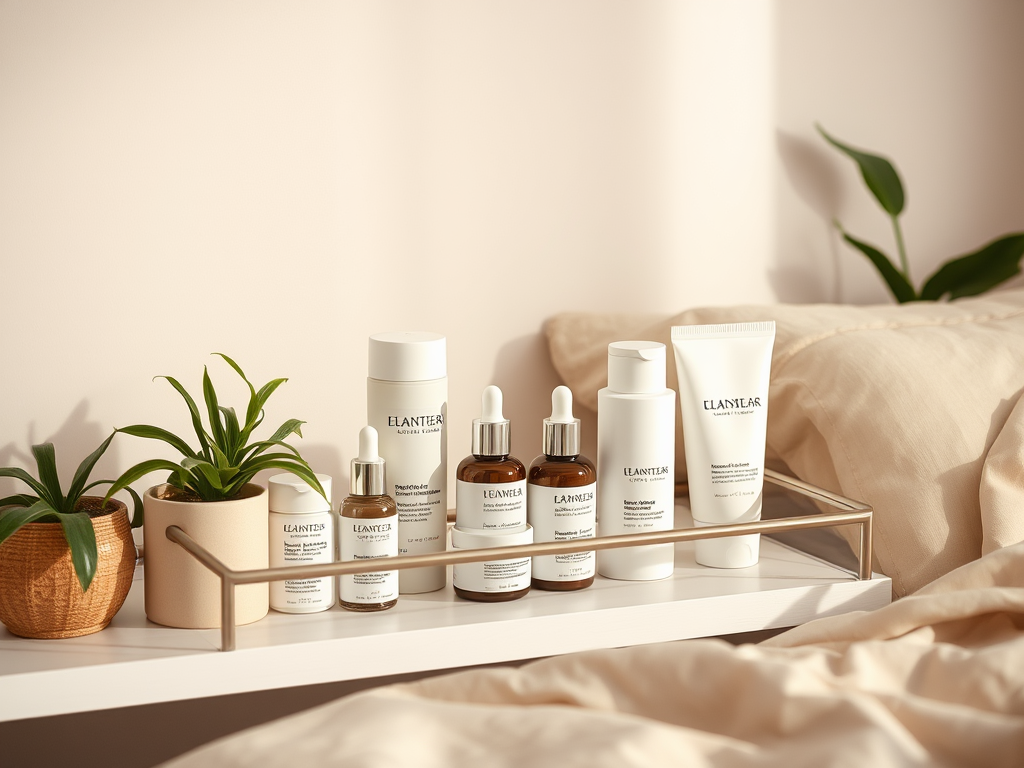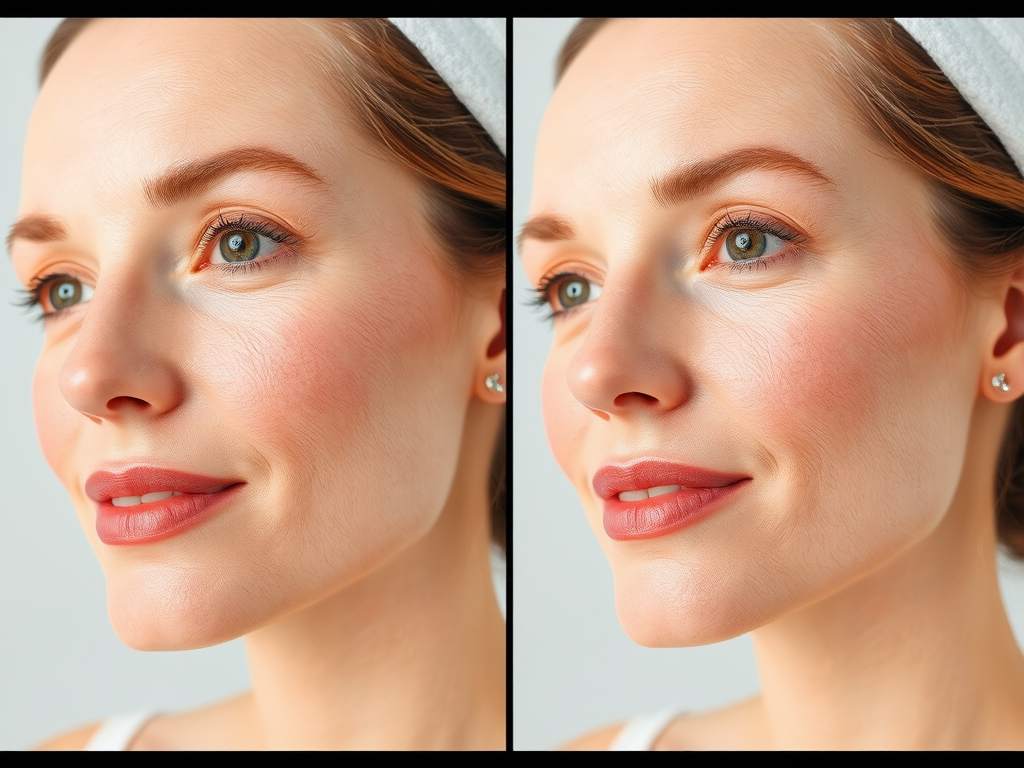Skincare enthusiasts and experts alike emphasize the importance of incorporating effective, targeted ingredients into their routines. Among these ingredients, retinol and hyaluronic acid stand out not only for their individual benefits but also for their unparalleled synergy when used together. Retinol, a vitamin A derivative, has long been celebrated for its potent anti-aging effects, while hyaluronic acid serves as a master hydrator, attracting moisture to the skin. But what happens when these two powerhouses collide in your daily regimen? The outcome is a transformative approach to skincare that can deliver remarkable results, leading to smoother, more hydrated skin without compromise.
Understanding the mechanisms of how these ingredients work together can help you tailor your regimen for optimal results. Retinol’s ability to stimulate cell turnover and increase collagen production can sometimes come at the cost of skin hydration, often leading to dryness and irritation. This is precisely where hyaluronic acid becomes essential—it mitigates these effects by providing a protective layer of moisture. Furthermore, together they can create a balanced environment where your skin not only looks good but feels revitalized. As we delve deeper into each component, you will discover why this dynamic duo should become a staple in your skincare lineup.
What is Retinol?

Retinol is a derivative of vitamin A that has gained recognition for its ability to enhance skin texture and combat signs of aging. It works by stimulating the production of new skin cells and increasing collagen synthesis, which are crucial for maintaining skin elasticity. Regular use of retinol can yield impressive results, such as diminished fine lines, smoother skin surface, and a reduction in pigmentation issues like dark spots. But with great power often comes great responsibility, as improper use can lead to irritation or peeling.
- Reduces fine lines and wrinkles
- Improves skin texture and tone
- Aids in controlling acne by unclogging pores
What is Hyaluronic Acid?

Hyaluronic acid is a naturally occurring substance in the body, known for its remarkable ability to retain moisture. This humectant can hold an impressive one thousand times its weight in water, making it a go-to for anyone looking to achieve hydrated and plump skin. Its hydrating properties are not just skin-deep; they work to fortify the skin barrier, preventing moisture loss and providing a softer texture. Moreover, hyaluronic acid is suitable for all skin types, including sensitive skin, making it an accessible option for everyone.
- Provides intense hydration for all skin types
- Smooths out fine lines and creates a youthful glow
- Helps maintain the skin’s moisture barrier
The Synergy of Retinol and Hyaluronic Acid
When used together, retinol and hyaluronic acid create a skincare powerhouse that maximizes anti-aging benefits while minimizing side effects. The hydrating properties of hyaluronic acid can effectively counteract the drying effects of retinol, allowing for more consistent use without irritation. This synergy means that you can enjoy improved skin texture, reduced signs of aging, and deep hydration—all essential for achieving radiant skin. By smartly pairing these two ingredients, you facilitate an environment where skin repair and rejuvenation can thrive, unlocking results you might have thought were unattainable.
| Ingredient | Key Benefits | Recommended Skin Type |
|---|---|---|
| Retinol | Stimulates cell turnover, reduces fine lines | Normal to oily |
| Hyaluronic Acid | Provides hydration, smooths texture | All skin types |
How to Incorporate Both Ingredients in Your Routine
To achieve the best results from using retinol and hyaluronic acid together, a strategic application approach is vital. Typically, it is recommended to apply hyaluronic acid first on clean skin, followed by allowing it a moment to absorb fully. Once your skin feels comfortably hydrated, a thin layer of retinol can be applied on top. This layering method ensures each ingredient penetrates effectively, harnessing their combined powers to deliver maximum benefit without undue irritation.
- Apply hyaluronic acid before retinol to lock in moisture
- Use retinol in the evening to avoid sun sensitivity
- Adjust the frequency of retinol use based on skin tolerance
Conclusion
The combination of retinol and hyaluronic acid offers a powerful alliance for anyone seeking to enhance their skincare routine. By effectively addressing the common issues of dryness and irritation associated with retinol, hyaluronic acid allows users to reap the numerous anti-aging benefits without compromise. Whether you’re battling fine lines, uneven texture, or lack of hydration, this duo is your solution. Embracing a regimen that includes both ingredients can lead to a noticeably improved complexion, leaving your skin glowing and rejuvenated.
Frequently Asked Questions
- Can I use retinol and hyaluronic acid every day? Yes, but it’s advisable to start with a lower frequency for retinol, gradually increasing as your skin builds tolerance.
- Will retinol cause skin irritation when combined with hyaluronic acid? While retinol can cause irritation, using hyaluronic acid helps to hydrate the skin and may reduce dryness and irritation.
- Can I mix retinol and hyaluronic acid in the same product? While some products combine both ingredients, it’s often more effective to layer them separately for optimal benefits.
- When should I apply hyaluronic acid in my skincare routine? Hyaluronic acid can be applied after cleansing and before applying retinol, or as a daily moisturizer.
- How long will it take to see results from using retinol and hyaluronic acid together? Results can vary, but most users notice improvements in skin texture and moisture levels within a few weeks.